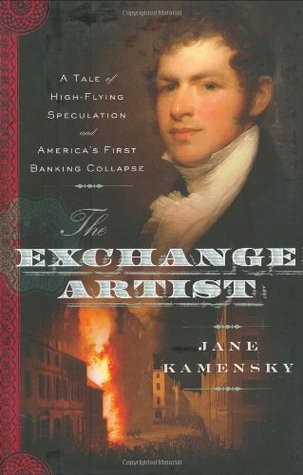Customer Reviews The Art of Speculation
Post on: 22 Июль, 2015 No Comment

The author was a serious player in the first half of the last century & as he survived & prospered in The Great Depression, periods of inflation etc. etc. I bought this book for his take on all this coming as it does from a pre-quant, pre-private equity, pre-hedge fund indeed pre-computer time.
As the book was written in 1927 it is inevitable that some of it is dated & can be skipped.
Indeed, to be honest, just 2 of the chapters (‘The Lifeblood of Speculation’ & ‘When Speculation Becomes Investment’ (including ‘Ten Commandments for Speculators’)) are really current & ‘worth’ reading really attentively if you’re conversant with investment & trading.
It is not that the other chapters are bad, just showing their age a bit & of generalist interest rather than specific portfolio or trading management interest.
Of the 2 very good, even classic, chapters, it is probably true to say that there is nothing in them that is not reproduced, even superceded, elsewhere.
However, & to give a flavour of the book, I particular liked the following things which made the book worthwhile from my perspective:
1) the reminder that the investor’s job is, like a farmer’s or the German Mittelstand’s, not maximisation of profit today but the careful husbandry of an asset pool so that, first of all, it survives & then grows forever based on long harvesting/holding periods combined with ruthless pruning. You can see why Buffett was apparently an admirer of Carret.
2) the (standard) reminders: ignore the cheerleaders on CNBC, ignore the crowd &, worse, financial advisers; resist the over-trading reflex; don’t leverage when everyone else is & it’s easy to do so; diversify (thought it meant something different in his day); be wary of shorting & ignoring value for growth (amongst other things to the detriment of an income stream); have some cash at hand & a list of your dream stocks so when opportunity knocks & there are forced sellers you’re ready; & once you’ve entered a trade that price is irrelevant to the exit price.
3) the respect he has for both technical & everyday indicators as you perform your primary functions of a) holding winners as long as you can until a bull market has been going for so long that the risk premium for continued holding is too high & b) holding your nerve & buying as the risk premium of not holding rises after a prolonged period of (declining) drawdown. It seems that the key to his success was being braver at getting fully invested at cyclical lows when the margin clerks forced good things to be available at lower prices than he was brave at approaching market highs fully invested, where he felt discretion was the better part of valour. His advice, which is interesting at this point in time, is to go to 50% short term bonds when ‘stocks are high, money rates low but rising, business prosperous’. In other words he was just looking to capture the meat of moves up not the full thing whilst being prepared to leave some skin in the game against the risk of being wrong. This seems pretty current to me.
4) the chapter ‘The Lifeblood of Speculation’, in particular the critique of why bull leads to bear & boom to bust & the correlation between money & bond market & equity performance was classic & thought-provoking. For example: ‘typically upswings in interest rates are followed in from six to nine months by downswings in tock prices & vice versa. Interest rates turn upward & downward a year or so after similar changes in stock prices’ seems a very current consideration to me & he’s right on the money in closely watching bonds & money markets.
5) the whole book is proof against ‘this time it’s different’, ‘new paradigm’ & ‘flawless trading system developed by math. geek’ fallacies.
Overall, not a purchase I regret, not a bad read, but I’d probably fall a bit short of outright recommending it.
Help other customers find the most helpful reviews
Was this review helpful to you? Yes No














